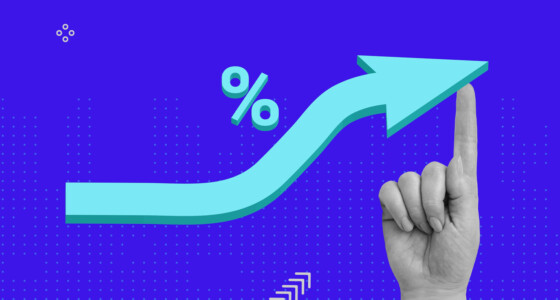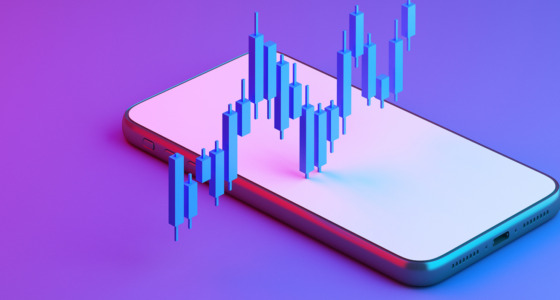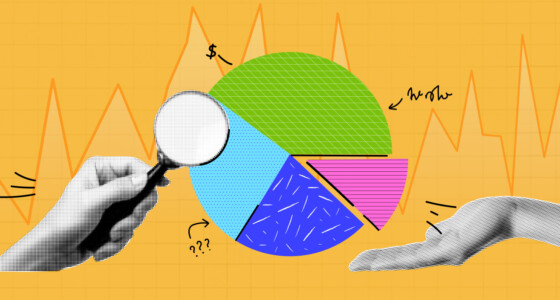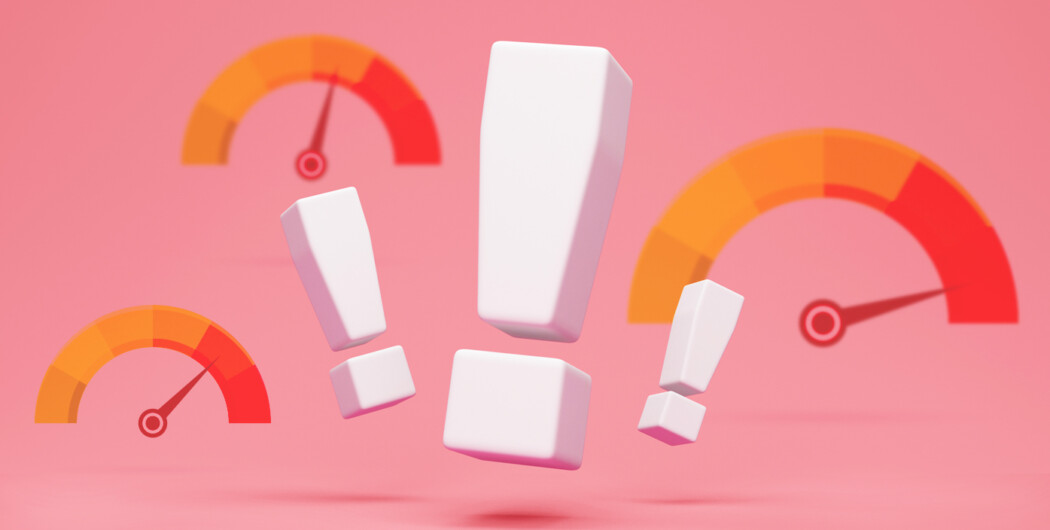

Trading is all about taking calculated risks. One interesting example of someone taking a risk and it paying off is the story of Steve Jobs and Steve Wozniak. They took a risk by quitting their jobs to start their own company and selling the Apple I to computer hobbyists. You probably know the rest of the story.
Sometimes, the risk doesn’t pay off. For example, Kodak engineers developed the first digital camera back in 1975. But the company failed to see the potential of digital technology, instead focusing on its lucrative film business. One pivot would’ve helped them avoid being left behind.
You never know which risk will pay off, especially as a trader. But you can protect yourself if you understand the level of risk you’re taking and know how to control risk management in trading. First things first: what is risk?
The basics of risk in trading
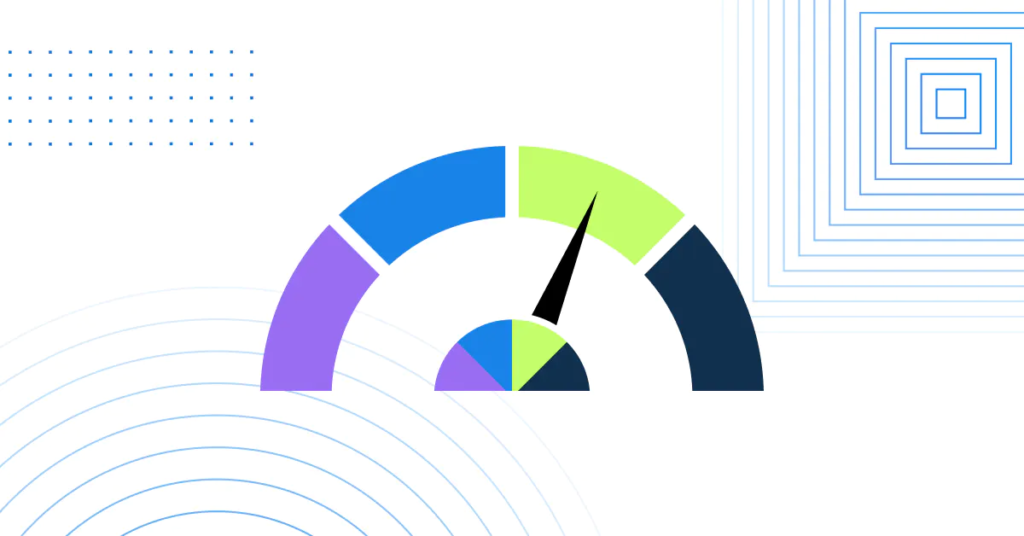
The basic concept of risk in trading is the possibility of losing money on a trade. This can happen due to a variety of factors, such as market volatility, unexpected events, or a change in the fundamentals of a company or asset.
If you’re a trader, get used to the concept. Risk is an inherent part of trading, as the potential for loss is always present in any investment. It’s also important to note that risk management is not a one-time process but a continuous effort that traders should regularly review and adjust their strategies accordingly.
How to measure risk: risk/reward ratio and alternatives
The easiest and most popular way of calculating risk is the risk/reward ratio, which measures the potential returns of an investment against the potential risks. For this method, you need to divide the potential profit (reward) by the potential loss (risk).
The risk/reward ratio may not be fully accurate because it does not account for the odds of gains or losses. Although, you can’t expect a trading strategy to give you precise odds.
But if you still want to explore other options, there are other risk measurement methods:
- Beta: compares a security or portfolio to the whole market (usually, the S&P 500 index)
- Value-at-risk models: aims to predict the greatest possible losses over a certain timeframe
- Variance and standard deviation in historical data: the smaller the SD, the less risk you carry
Example of risk/reward ratio
If company A is trading at $100 per share, if you believe it will increase to $120 and purchase 100 shares at $100 and set a stop-loss order at $90, the potential profit is $2,000, and the potential loss is $1,000.
In this case, the risk/reward ratio of the trade is 0.5 ($1,000 / $2,000 = 0.5).
In a classic risk management and trading strategy, when the risk/reward ratio is less than 1, it suggests that the potential reward of an investment outweighs the risk. A ratio of 1 means equal risk and reward, and anything higher than 1 is too much risk.
How to manage risk management in trading

There are a few accessible ways to control your risk, which you should use in combination:
- Stop-loss – This is an order placed with a broker to automatically sell an asset when it reaches a certain price, allowing traders to limit their potential losses on a trade.
- Diversification – This means spreading your assets across different markets, industries, and asset classes to spread different risks across multiple positions.
- Limiting trade sizes – This prevents you from risking too much capital on any one trade. You can limit your trades by setting specific dollar or percentage limits on the size of each trade.
- Monitoring positions – Keep an eye on key indicators, such as price levels and volatility, monitor the overall market conditions, and make adjustments as needed.

Why risk management matters in trading
Risk and money management in trading are very important because they help traders align their goals and risk tolerance with their decisions. Any decision is made only after determining whether the potential reward outweighs the potential loss.
Additionally, implementing risk management strategies, such as setting stop-loss orders and other methods listed above, can help traders limit potential losses and protect their capital.
You can also look at it from the trading psychology perspective. Risk management helps traders maintain a sense of discipline and avoid emotional decisions. When a trade is going against the trader, a well-defined risk management strategy will help the trader avoid letting emotions cloud their judgment. They’ll reduce losses quickly and move on.
Concluding thoughts
Risk management in trading Forex or any other financial market involves identifying, measuring, prioritizing potential risks, and implementing strategies to mitigate or avoid them. This can include setting stop-loss orders, diversifying your portfolio, and regularly monitoring positions.
It is also important to have a solid understanding of the markets and assets in which you are trading, as well as your own risk tolerance. Overall, to be successful in trading, it is essential to have a well-defined risk management plan.
Sources:
Thinking of day trading? Know the risks, US Securities and Exchange Commission
Risk/reward ratio: what it is, how stock investors use it, Investopedia
Never risk more than 2% per trade, BabyPips


